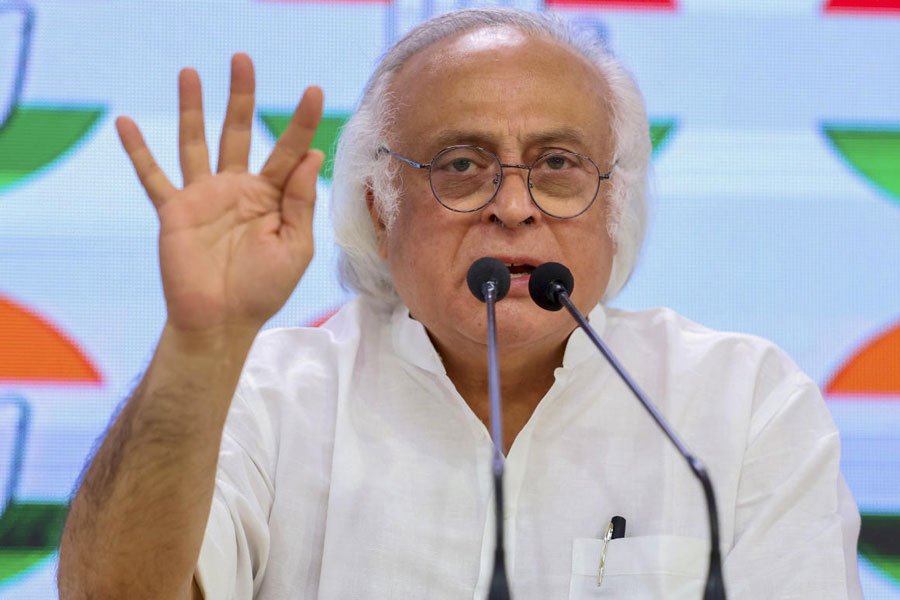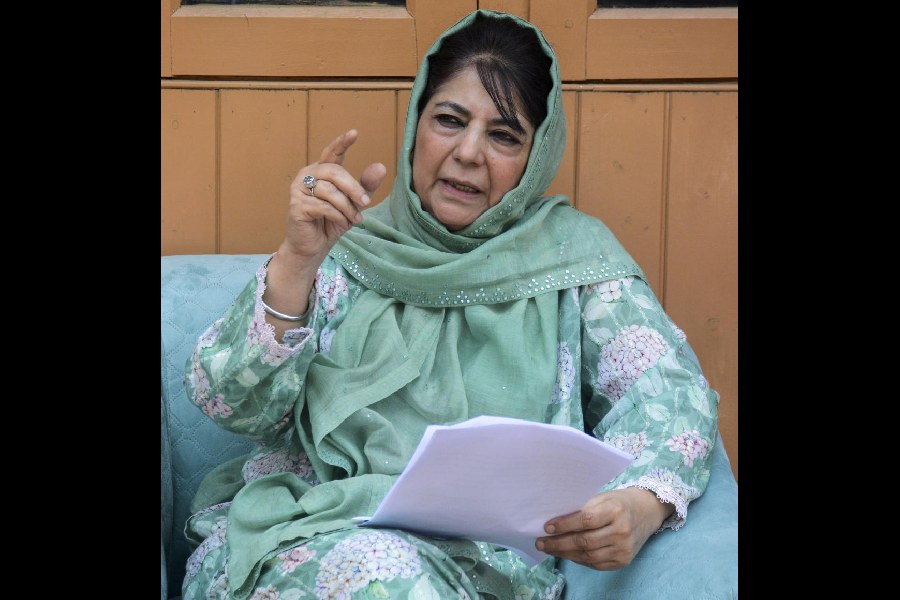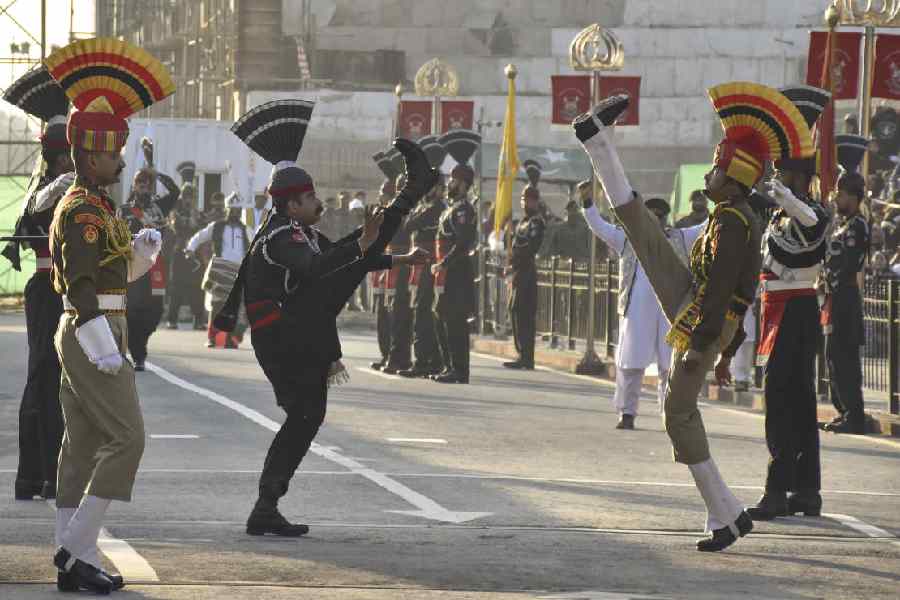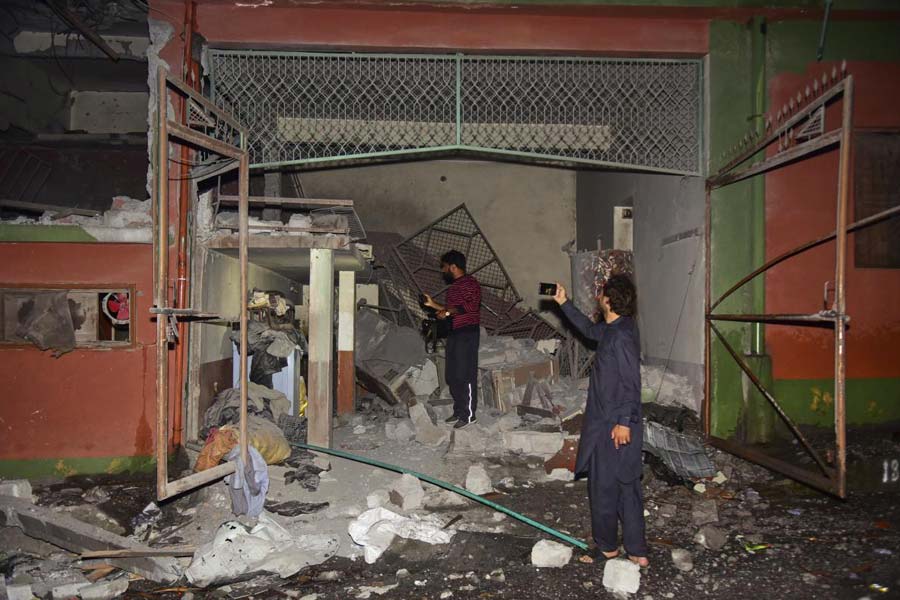New Delhi, March 23: The wait for the new gas price regime is set to lengthen as the Election Commission is unlikely to take a call until the Supreme Court gives its verdict on a case challenging the price hike.
The apex court will resume daily hearings tomorrow on the petitions filed against the hike by CPI leader Gurudas Dasgupta and Aam Aadmi Party (AAP) member and lawyer Prashant Bhushan.
Gas prices are expected to double from $4.2 per million British thermal unit (mBtu) from April, based on a formula established by a panel headed by C. Rangarajan, chairman of the Prime Minister’s Economic Advisory Council.
In a letter to Chief Election Commissioner V.S. Sampath, AAP convenor and former Delhi chief minister Arvind Kejriwal said, “The Supreme Court is currently hearing the matter and I would request you to direct the central government not to implement its decision till the election process in the country gets over, since it will affect a very large section of the population.”
Earlier this month, the oil ministry had sought the commission’s approval to implement the cabinet’s decision to hike prices, but the poll panel has not yet responded to the request.
Sources said the poll panel was examining the possibility of holding back the price rise till the next government assumed office.
Though the Centre had accepted the Rangarajan formula in June last year, the cabinet committee on economic affairs (CCEA) approved the shift to the new regime only in December. The new formula will be applicable for five years from April.
Industry sources pointed out that it would take at least three weeks to firm up the supply and sale agreements with the prospective buyers for the new price to actually come into effect.
Subsidy woes
While announcing the acceptance of the Rangarajan formula, finance minister P. Chidambaram had stated that the “CCEA has only fixed the output price of gas. We still have to fix input price of gas; will do that in course of time”.
The price hike will translate into higher urea subsidy, which will impact the central exchequer, while the subsidy given to the power sector will have a bearing on the state coffers. Though electricity is on the concurrent list, the states will have to bear a part of the higher cost to the consumer. An increase in prices will mean an increase in the cost of production for both these sectors.
The fertiliser and power ministries have been lobbying for a cheaper gas price.
According to government estimates, an increase of $1 in price will raise urea cost by Rs 4,144 crore per annum. The subsidy burden on the fertiliser sector will be an additional Rs 10,000 crore.
In the budget for 2013-14, the finance ministry had provided Rs 21,000 crore as subsidy for indigenous urea, which was revised to Rs 26,000 crore. In the interim budget, the ministry has provided Rs 31,000 crore for 2014-15.
The domestic production of urea is around 22 million tonnes (mt), while consumption is pegged at 29mt.










